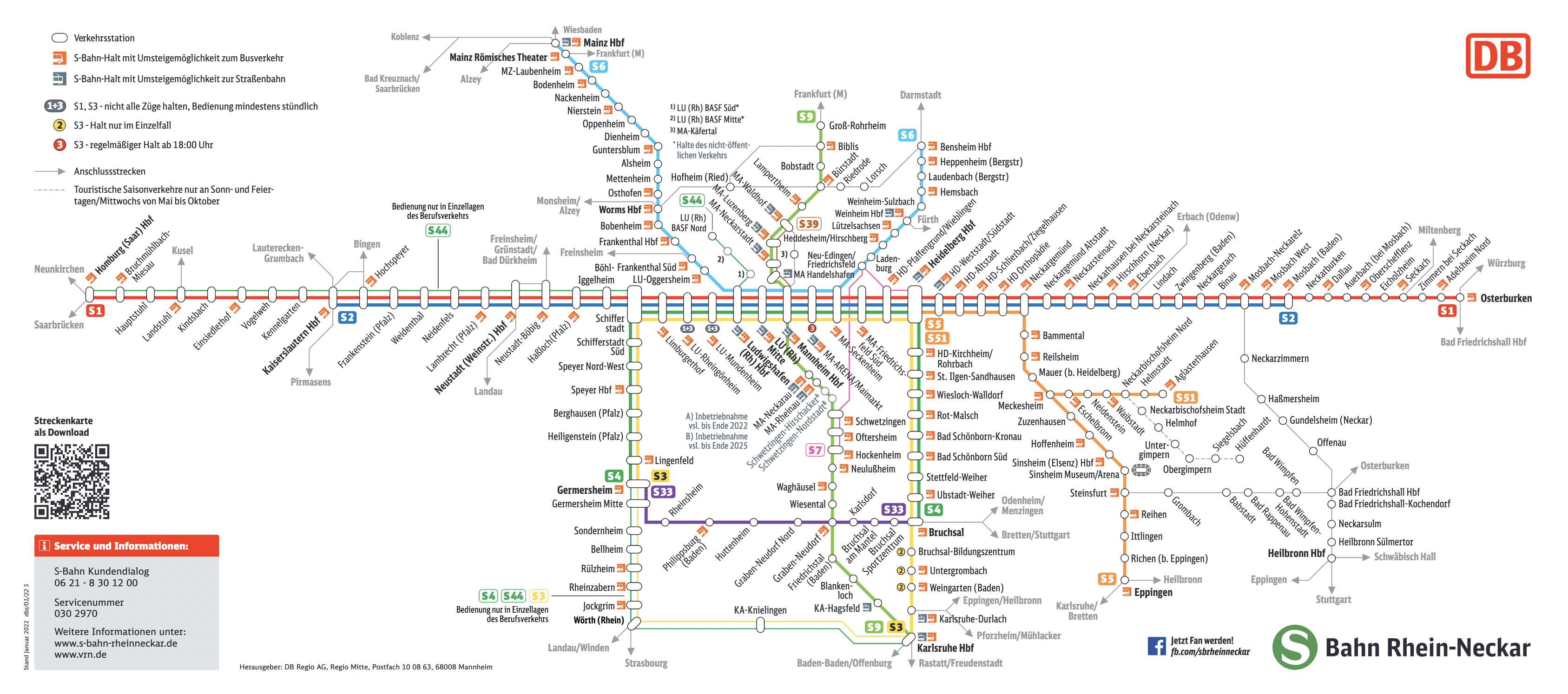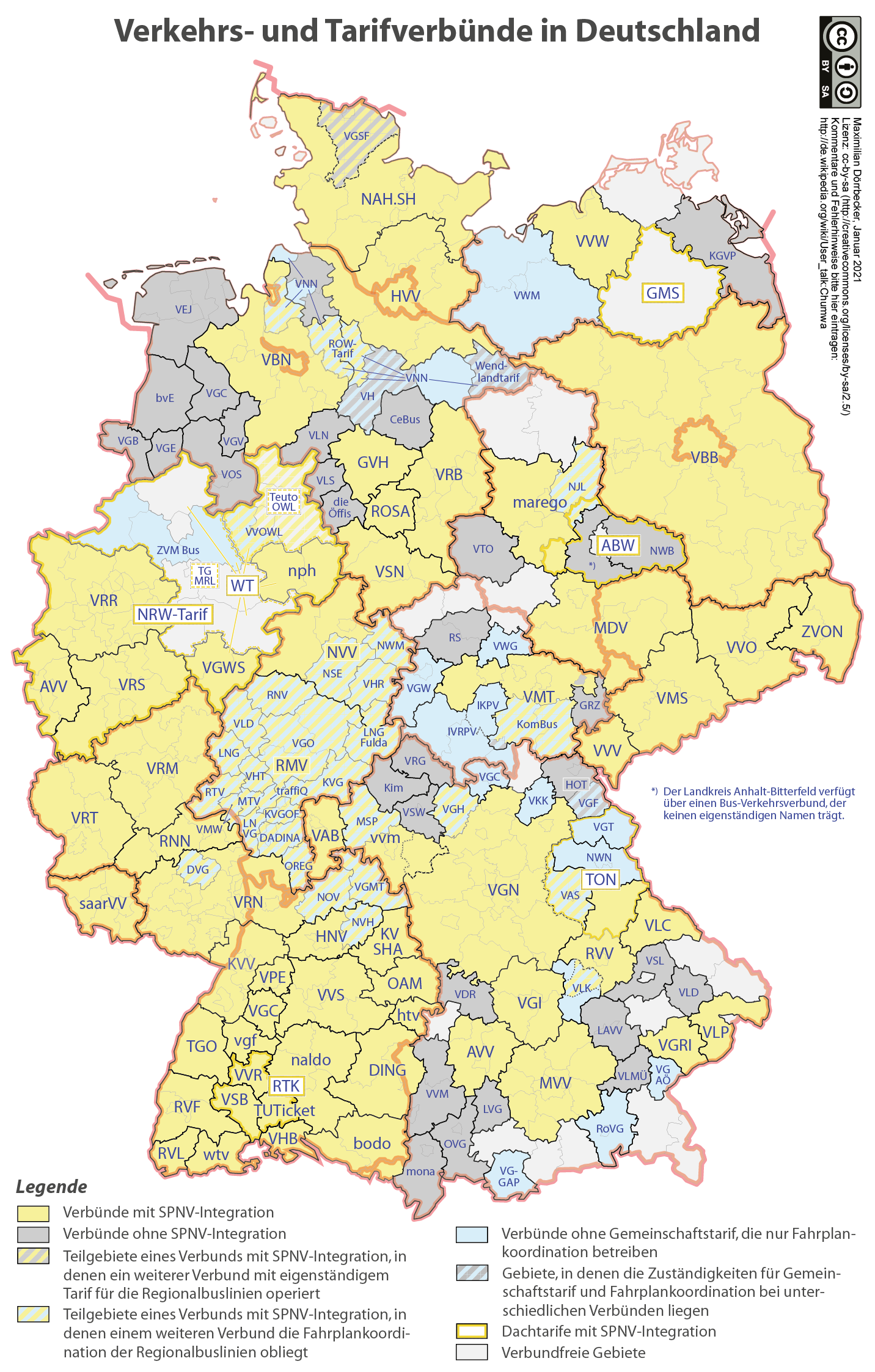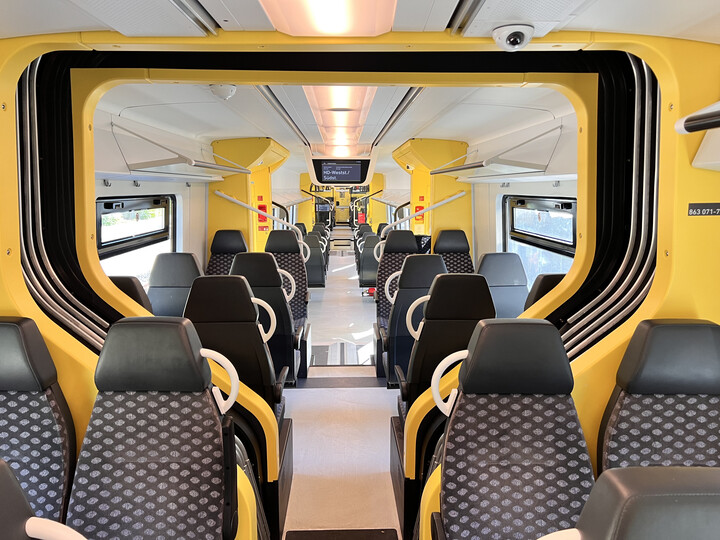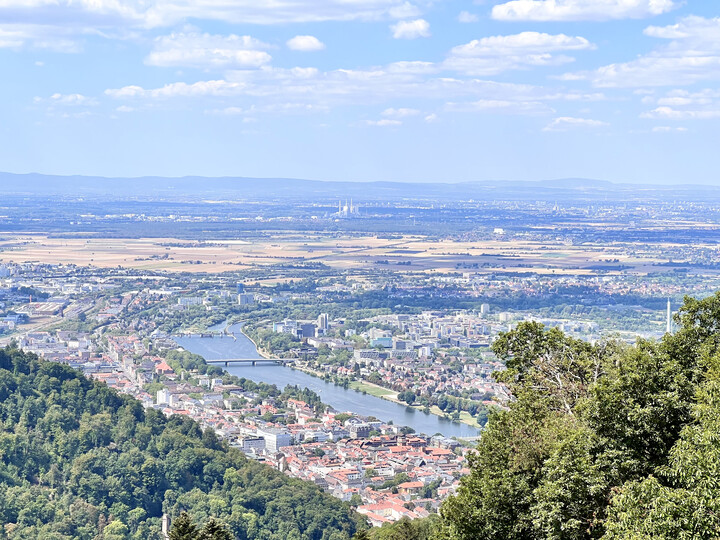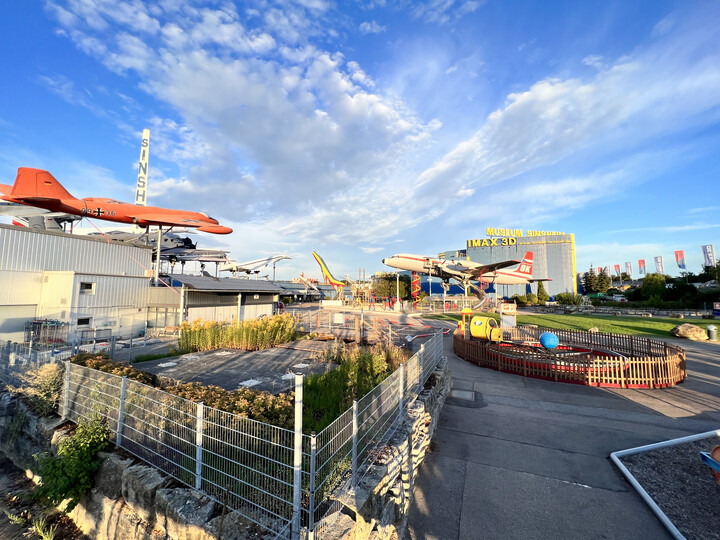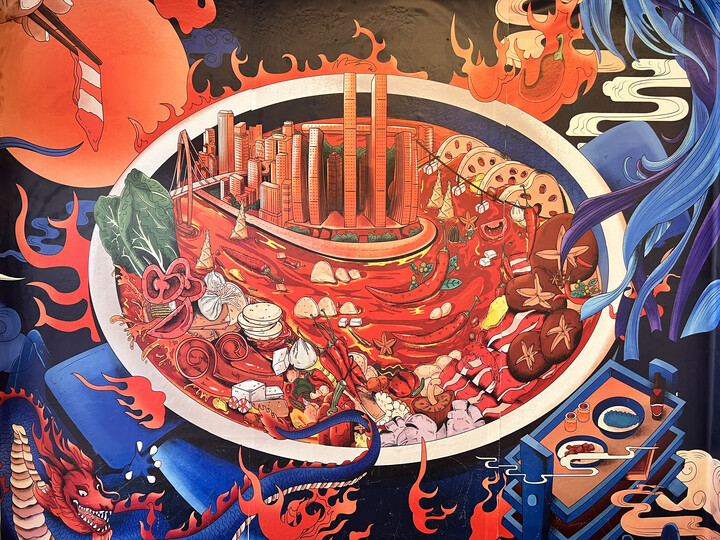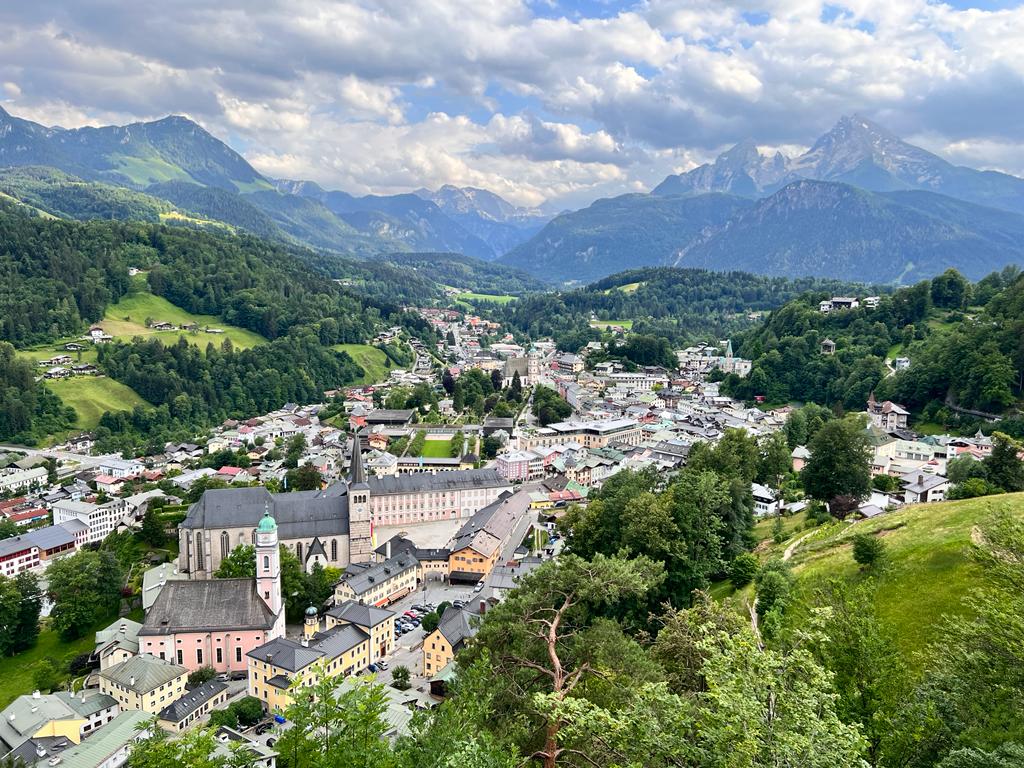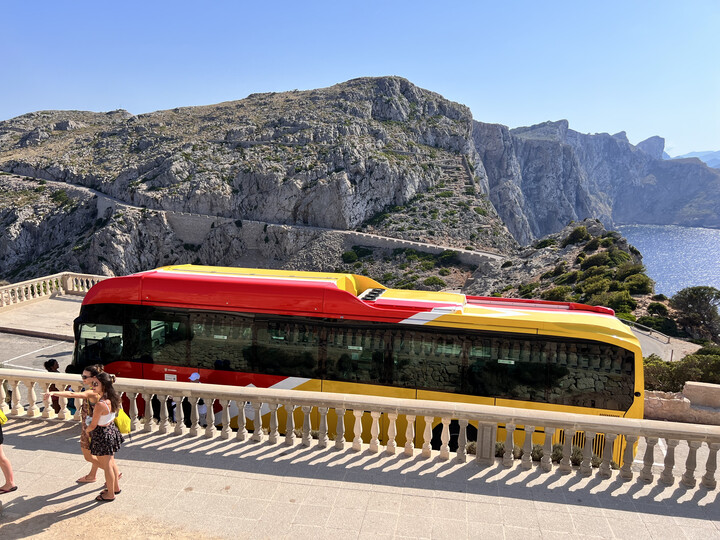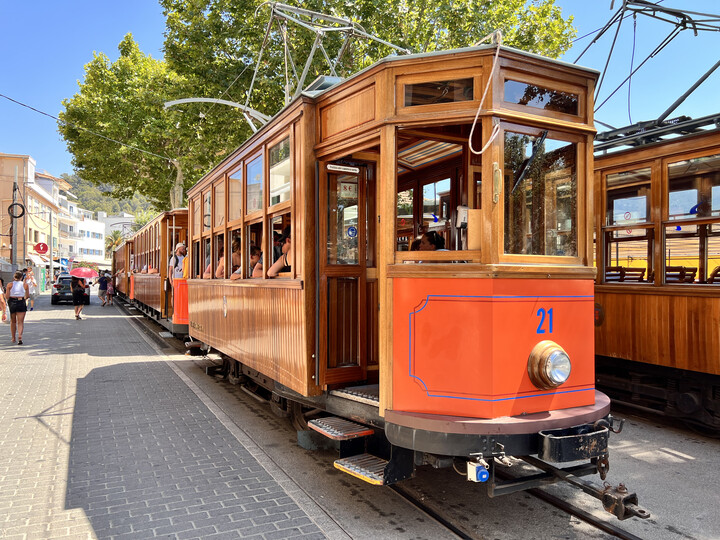€9 Ticket
2022-08-20 · Frugality · WorkAs a relief for rising energy costs and inflation Germany is offering nearly-free public transportation for the months of June, July and August. For just €9 per month you can take any kind of regional public transportation in all of Germany. That’s basically everything except the IC/ICE for long distance. This means that a monthly ticket is now as cheap as what I would normally pay for a single route. In this post I want to talk about my experiences with this €9 ticket.
Update 2022-09-01: The €9 ticket ended yesterday without a similar replacement system in place. So many people are again back to paying about €100 per month for much smaller regional tickets instead (see for example this German Reddit thread. Financially it makes more sense for me personally to go back to driving. (I hope the gasoline in the car is still good after three months.) My hope is that these three months will stay in people’s minds in Germany and shape the future of public transportation to be cheaper and simpler:
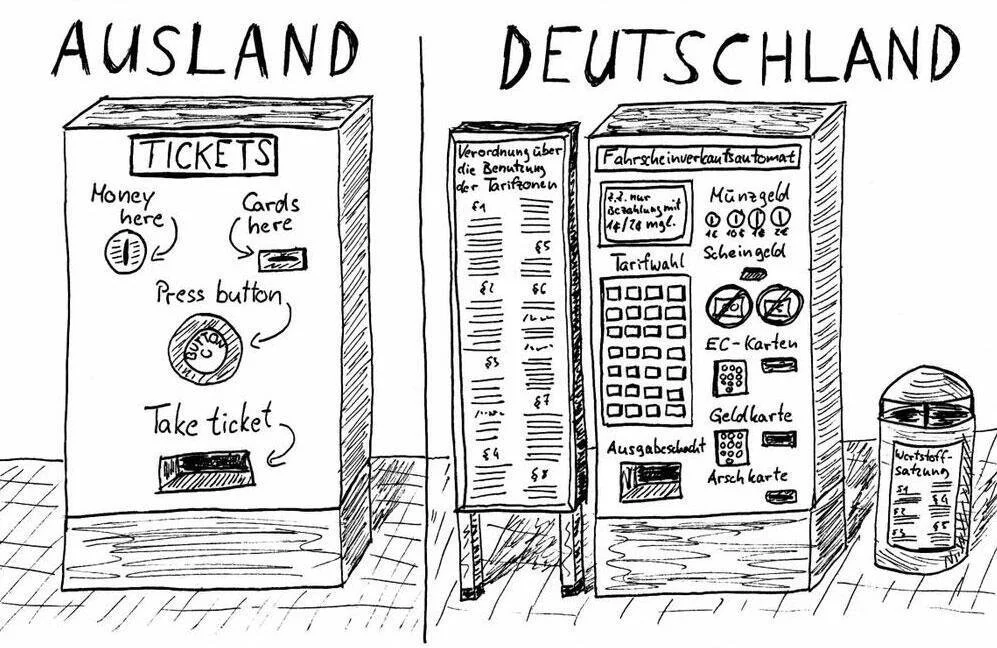 Image via Reddit
Image via Reddit
Train Stations
In the above graphic you can see the train stations in our area. Since we are situated in the Rhine-Neckar metropolitan region the railway network is pretty good here.
(map made with umap, routes made with GraphHopper)
The closest train stop from us is St. Ilgen-Sandhausen at 2 km distance. It offers direct connections to the cities of Heidelberg (160k inhabitants), Mannheim (309k), Karlsruhe (313k), Darmstadt (159k) and Frankfurt (753k). For other directions I prefer going to a different train station since switching times are either too long or there is too much risk of missing the connecting train. Only 89% of regional trains are on time in Germany, with some routes and stations having much worse rates. This is a far cry from Switzerland’s 95% punctuality with an even stricter definition of 3 minutes versus 5 minutes delay in Germany.
Another closeby train station we commonly use is HD-Weststadt/Südstadt at 6 km distance, which is good to cycle and can also be reached via Tram. Occasionally I used Heidelberg Hauptbahnhof as well as Wiesloch-Walldorf, both at slightly under 10 km distance, which are a bit larger and thus are used as stops for Regional-Express trains. These go faster than the Regionalbahn and S-Bahn trains and thus also have fewer stops.
Cycling Trips
The above map contains some of the cycling trips I took by combining them with the €9 ticket. (map made with umap, routes made with GraphHopper)
Last time I posted about cycling and work was about commuting by bicycle for a year. I kept this up and was super happy with this way of getting to SAP’s headquarter in Walldorf and the included exercise. After a while I moved together with my wife and my bike commute lengthened to 10 km each direction, which was still perfectly fine. Then Covid forced me in March of 2020 to work from home I switched to regular cycling trips in the afternoon since I started working early in the morning, in order to have meetings with colleagues in Korea and China. Two 50 km cycling trips per week got me to the same level as the daily commute used to do, and I have a nice route I regularly take, which covers a lot of forest and lake.
In January I switched to a new job at Yugabyte. As the database we develop is distributed, so are the people I work with. Since most meetings fall into US times, I am now working more during the afternoon and evening. This means my cycling trips moved to the morning instead.
Previously I had a job ticket for three years, but other than the €9 ticket it limits the range I can take public transportation in, so that many of my destinations would be barely outside of the covered range. When looking at a map of Germany with all the different transport associations, each with their own tickets, prices and rules, I feel reminded of historical maps of the Holy Roman Empire:
Good luck figuring out what ticket to get to combine with your job ticket. Luckily the €9 ticket changed this, at least temporarily, making life simpler.
I used the ticket during the working days to discover new cycling routes. By cycling one direction and taking a direct train connection back, I can cover nearly twice the distance as usual with the same starting and stopping point. With this method I took many routes I had never taken before, discovering beautiful cycling paths along the Neckar river for example. Luckily the trains are not too crowded during working days, especially outside of rush hour. The cycling usually takes around three times as long as the train ride back.
The image above shows an almost empty train during a working day.
Even with a single train connection things can go wrong though. One time the train in front of ours started burning and so we got delayed for an unknown time. But since I had my bicycle with me, that meant I could just cycle back the rest of the way and get some extra exercise for free. If I was really out of energy I could have waited in the train, but often busses are used as a replacement, and bicycles on busses don’t fit well.
The weather was unusually dry the last months, the last few days had the first few drops of rain I remember since the beginning of June. This is of course bad for nature here, as I saw at the Rhine river, which is much lower than usual. For cycling it’s quite good though, only got wet once.
Jogging
This amount of cycling of course meant that my bicycle had to get some repairs done. While I had it at the repair shop, I tried out jogging from Heidelberg back to my home town Leimen. The route goes through the “Kleiner Odenwald” forest for nearly the entire way, and the rest are some fields. It goes through Heidelberg’s highest mountain, the Königstuhl, with a nice view of the city and surrounding area.
The “Ladder to Heaven” in the beginning with its 1300 steps accounts for most of the elevation and is still too tough for me to do at faster than walking speed. After I got my bicycle back I still kept doing this jogging route a few times per week.
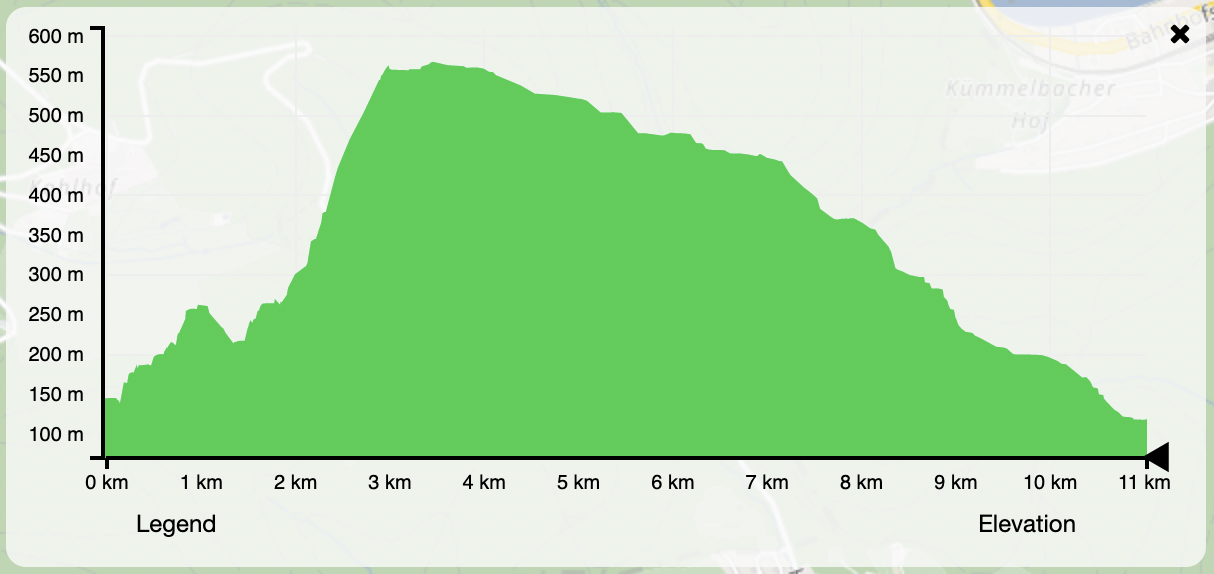
Nearby Excursions
There are lots of cities and nice nature nearby. So we used public transportation for excursions on every weekend. It was noticable that the trains were crowded, and at times people couldn’t even enter the train anymore. When going to the cinema we noticed that we should really catch the last train at 22:30, since the next connection would take all night.
One time the train back from Frankfurt was late, then got cancelled. The next train was also delayed, and now overcrowded because it had twice the passengers. Unfortunately it took me too long to realize that with more than 20 minutes delay, we should be able to take high speed ICE trains as a replacement and get the cost reimbursed by Deutsche Bahn.
You still need to wear masks as a Covid prevention on public transportation in Germany. This is basically the only remaining occasion, other than at the Doctor’s office, where you have to wear masks. Even with all the travel using public transportation and basically no distancing we haven’t caught Covid as far as we are aware based on symptoms and some rapid tests.
Eating Out
My wife picked out many great restaurants in nearby cities for us to try out. By car it would not make sense to just drive to another city for a dinner, but using public transportation we had no problem spending an hour on a train, where you can comfortable talk or surf the web, to reach our destinations. This probably has a really good economic effect on restaurants and cafes, many were so fully packed that we got the last seats or had to reserve beforehand.
Family Visits
For trips to cities and cycling trips we mostly take direct train connections. That usually works quite well. To visit family however the destinations are smaller villages, so the connections are worse and there is no direct connection at all. So a 40 minute drive turns into a 2 hour train ride with 3 different trains instead. Coincidentally this is the same time I need for the route by bicycle.
There is a relatively high chance of missing a connecting train, or of getting stuck in the middle of the route. One time a truck crashed into the train bridge, so our train couldn’t continue. Instead of waiting around for an hour or two we took the train back home and, for the only time during these three months so far, had to switch to the car to keep our timeline. At least the highway was quite empty, there seems to be some conflicting data on whether the €9 ticket actually has an effect on reducing car traffic though.
Getting Visits
While my wife and I didn’t do any long distance travel using the €9 ticket, others did. I had a co-developer of DDraceNetwork visit all the way from Berlin using the €9 ticket. For people who have time it has been much easier to visit others with the €9 ticket, without having to worry about cost.
While on Vacation
While we didn’t use the €9 ticket to go to a vacation, it was still useful during a car-based vacation. While driving to Berchtesgadener Land we saw a train line that seemed to lead to Berchtesgaden. So we stopped at the closeby train station and spontaneously took the train instead, which lead us through beautiful sceneries.
On the way back from the same vacation we had a stop in Munich. Instead of driving the car all the way into the city center I checked for the closest free Park and Ride garage from the highway. After parking the car there, the train was unfortunately cancelled, so we had to take a bus and metro, but still reached the city center quickly.
After having used public transportation a lot back at home, we also felt more comfortable using it on vacation in other countries, even if it costs a bit more there. So on Mallorca we explored the entire island using the extensive bus network instead of renting a car. The photo above shows the most distant bus stop we reached, at a lighthouse at the end of a long curvy road. Next week we are taking the TGV to Paris, which tops out at 320 km/h and manages the 550 km route in just 2:36, an average of 212 km/h. The image below is luckily not the TGV:
Going to the airport by train worked fine, but we had to get there a few hours earlier in case was some train delay causing us to miss the connecting train. On the way back there indeed was a huge delay, with a train line being closed down for hours. After a slow trickle of information from the train operator, we had to figure out an alternative route on our own, since the DB app was still showing routes that could not be operated for the next few hours because of the train line closure.
Conclusion
There are still two weeks left for the €9 ticket and I’m planning to make the best use of them. So far I’ve been taking a trip on most days, so it’s definitely been worth it and will be missed.
Unfortunately the €9 ticket won’t be prolonged. The high public interest has lead to some plans for a relatively cheap follow-up ticket, but again with some regional limitations for the cheap ticket. Other countries are even implementing entirely free public transport meanwhile, so there is some hope for the future.
